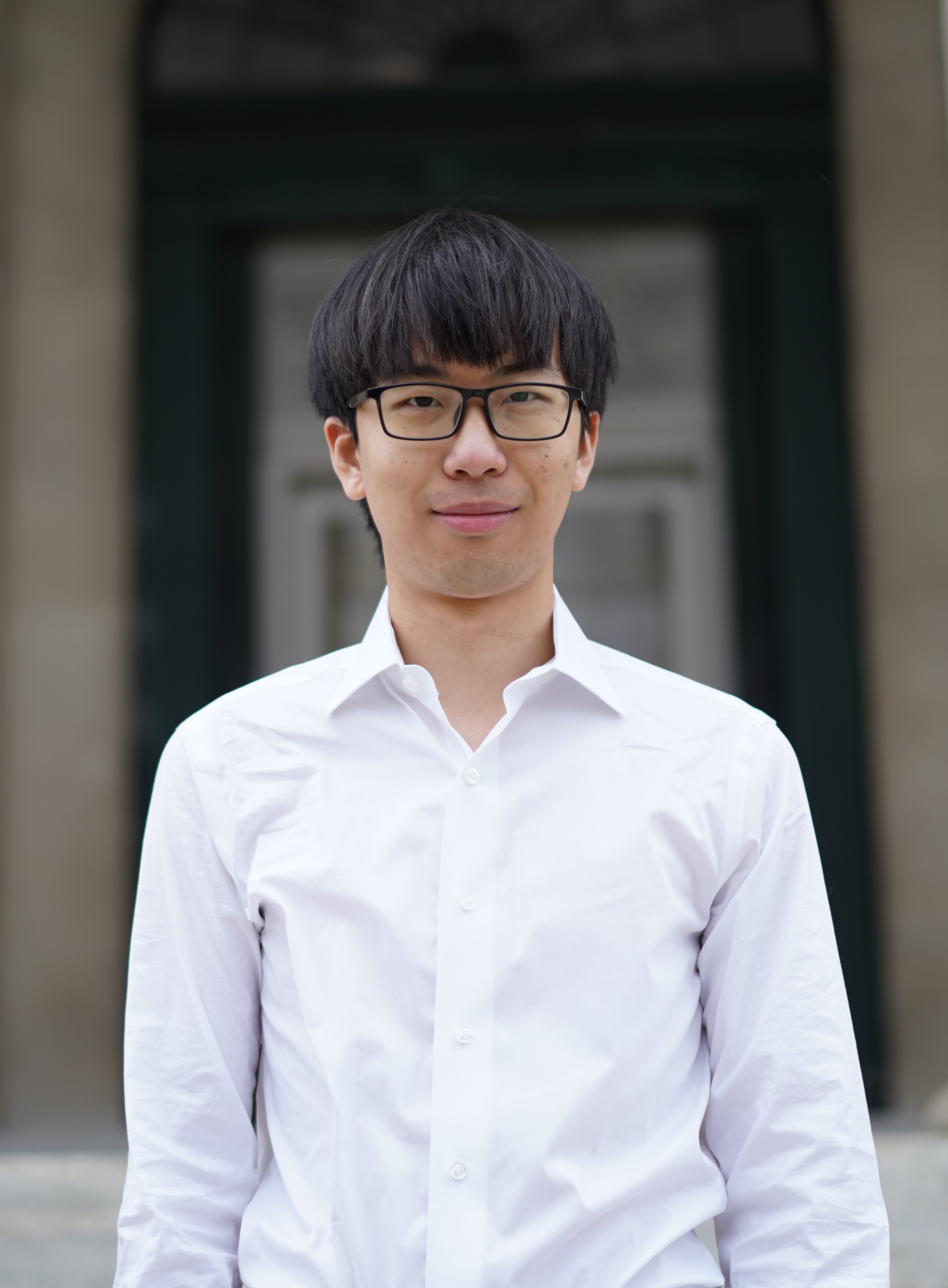Orthopedic and Rehabilitation Engineering
Musculoskeletal system
Hybrid Tissue Engineering Constructs for Bone Regeneration
Saturday, October 26, 2024
12:30 PM - 1:00 PM EST
Location: Room 339

Yunzhi Peter Yang
Professor
Stanford University
Stanford, California, United States
Invited Speaker(s)
Introduction: Repairing large bone defects remains a major clinical challenge. Each year, more than half a million bone graft procedures are performed in the United States to address bone disorders resulting from trauma, tumors, and infections, with over 2 million procedures carried out worldwide. Autografts, harvested from the patient's own body, are used in more than 80% of these procedures, while synthetic bone void fillers are used in less than 20% due to their lower efficacy in promoting bone repair. Bone tissue engineering has emerged as a promising alternative to autografts by combining osteoconductive bone matrices, osteoinductive growth factors, and osteogenic cells to engineer functional bone tissue. Clinically, orthopedic surgeons utilize three primary techniques for treating large bone defects: vascularized fibular grafts, the Masquelet technique (induced membrane technique), and the Ilizarov technique (distraction osteogenesis). While these approaches have shown success, they are not without complications. In this presentation, I will discuss how we are integrating tissue engineering strategies with these established surgical methods to enhance bone regeneration and mitigate complications.
Materials and
Methods: We developed a Hybrid Tissue Engineering Construct approach for assisting the clinically available techniques. We characterized the mechanical properties, degradation properties, and growth factor release kinetics. We tested these constructs' bone repair efficacy using different animal models of large bone defects, and evaluated the bone regeneration using x ray, microCT, mechanical testing and histology.
Results, Conclusions, and Discussions: Our hybrid tissue engineering constructs significantly accelerate bone formation and enhance early weight-bearing capacity in clinically relevant large bone defect animal models. These effects are achieved through the combination of customized and optimized 3D-printed bone scaffolds and the local, sustained delivery of biological signals. This platform has broad applications, extending beyond bone repair to support the regeneration of both hard and soft tissues, as well as complex interfacial tissues.
Acknowledgements (Optional):
